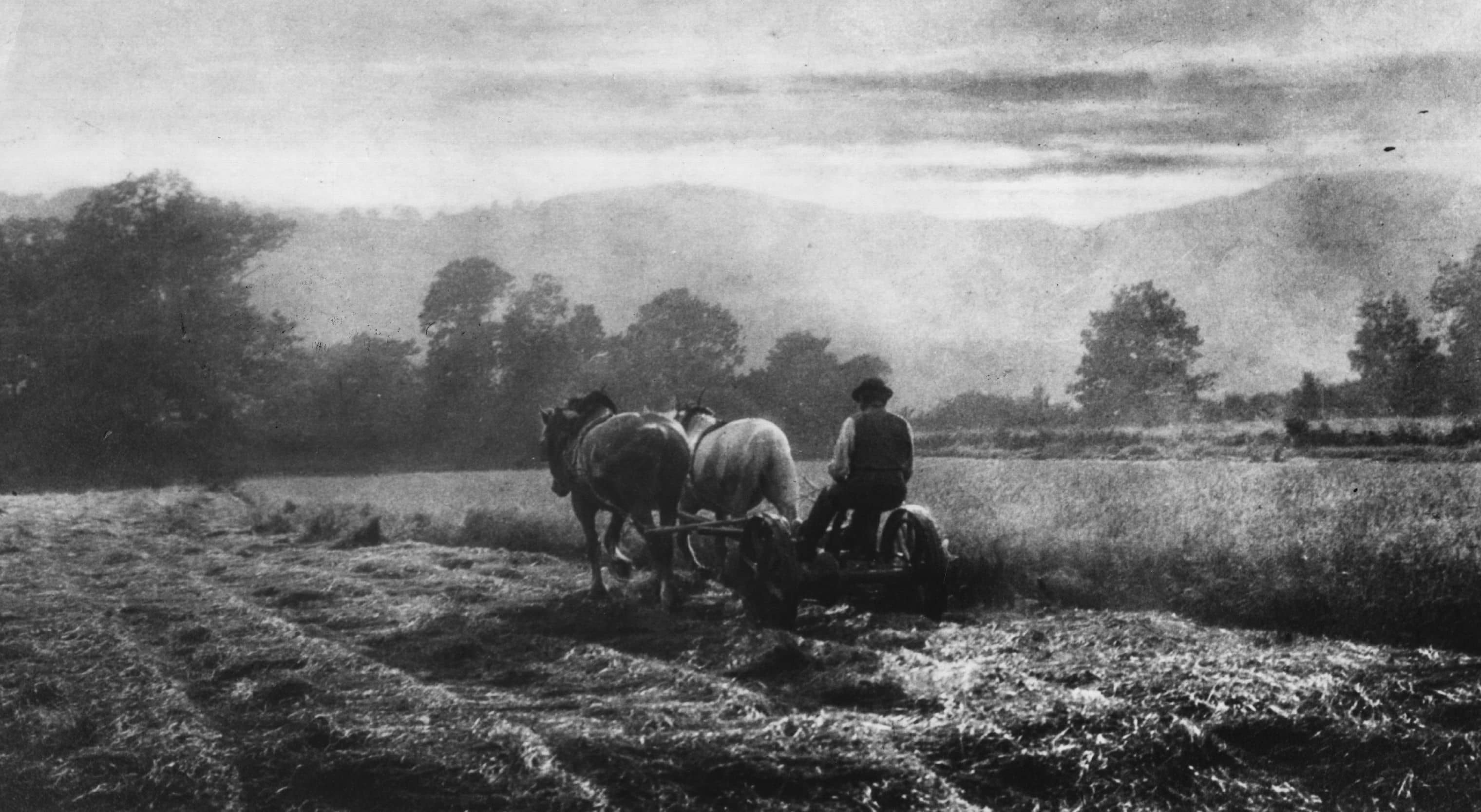The government has gone wild. Under new plans, just announced by Environment Secretary George Eustice, farmers and landowners in England could be paid to turn large areas of land into nature reserves and restore floodplains. In place of the old EU subsidies, farmers will be rewarded by the government for how much they care for the environment.
It sounds like a wonderful idea — a return to a glorious, prelapsarian wilderness. But it’s a little more complicated than that. Eustice referred warmly to the poster boy of rewilding, the Knepp estate in West Sussex. I’ve been to Knepp and it is indeed glorious. Nightingales have returned, accompanied by clouds of Purple Emperor butterflies. There are even White Storks nesting in the trees.
But, as the Burrells, who own Knepp, openly say, those White Storks were introduced to the estate by their intervention. There is plenty of human intervention needed to keep the balance of nature going in a supposedly wild estate.
The new obsession with rewilding is part of the misguided Manichean view that nature is beautiful and anything done by man is ugly
It helps, too, that Knepp is in the prosperous southeast of England, with plenty of nearby, well-off holidaymakers to take wildlife safaris on the estate. Knepp, too, was among the first great stretches of British countryside to rewild — and it’s by far the most famous rewilding project. For all these reasons, Knepp has, admirably, prospered as a rewilding estate. It will be more difficult for those following in its footsteps in more remote parts of the country.
It’s admirable, too, that pop superstar Ed Sheeran is planning to plant ‘as many trees as possible’ in his own rewilding of his 16-acre estate in Suffolk. Of course, you should be able to do whatever you want with your own land — and with your own money. The problem is when the dead hand of government steps in and universally encourages rewilding where it isn’t suitable. Just like subsidy produces bad art by creating books, music and pictures no one actually wants to buy, so rewilding by diktat will produce unnecessary, possibly ugly rewilding in the wrong parts of the country.
If you stop cultivating fields, they don’t instantly turn into a wild paradise. They first become a sort of shabby scrubland, and then dominant species — some attractive; some not so attractive — take over. Yes, some oaks will start to stand proud over the scrubland after several decades; but Japanese knotweed and other greedy superweeds will also go crazy.
The new obsession with rewilding is part of the misguided Manichean view that nature is beautiful and anything done by man is ugly. In fact, the sublime beauties of the British countryside are almost entirely thanks to man playing around with Mother Nature.
In May 1939, on the eve of war, H.E. Bates wrote: ‘Most of the English countryside as we see it today is manmade… the part most completely shaped by man is this plain, fundamental chequerwork of flat field and hedgerow.’
Britain’s earliest hedges were planted in the neolithic period, in around 4,000 to 2,500 BC. But extensive enclosure was first carried out in earnest by the Romans, who came up with the simplest way to grow a hedge: smear plant seed all over a piece of old rope and bury it in a shallow trench. The Anglo-Saxons accelerated the practice of enclosure; the word ‘hedge’ comes from Old English ‘haga’, meaning an enclosure, itself derived from the Saxon word for the hawthorn fruit. The first mention of a hedge being planted was at Kington Langley, Wiltshire, in 940 AD: ‘the hedgerow that Aelfric made’.
Even the wilder bits of Britain were shaped thanks to enclosure. The West Country and the Welsh and Scottish borders were enclosed in the Middle Ages when the fields were gradually claimed from heath and forest. These ancient landscapes built up a thick web of woods, ponds and pollarded trees. In these wilder parts of the country, the roads, footpaths and ancient, mixed hedges are alluringly crooked, their fields more likely to be irregular.
The hand of man is often improved by nature and time — but it is still the hand of man that created the essential layout of the landscape. In southern Dartmoor, the moors are still divided into neat parallel lines by low stone banks, or Bronze Age ‘reaves’ — barriers used on arable and pasture land. They wander out of true every now and then, but their overwhelming force is towards order — their lines often leap over a sunken river and continue their straight course on the other side of the valley.
Great age is also apparent in the depth of country roads, particularly in Devon’s ancient sunken lanes, flanked by banks topped with thick, brambly hedgerows. These are often formed by two-fold ditches — where the spoil from the excavated road was piled up on either side to create the semi-tunnel effect.
The great British landscape has been largely shaped by agriculture — and by agriculture designed for cultivation, food and profit, not for government-declared leisure. The government should beware of creating just another form of globalisation: where food production is planted offshore while the countryside is turned into a middle-class theme park.







Comments